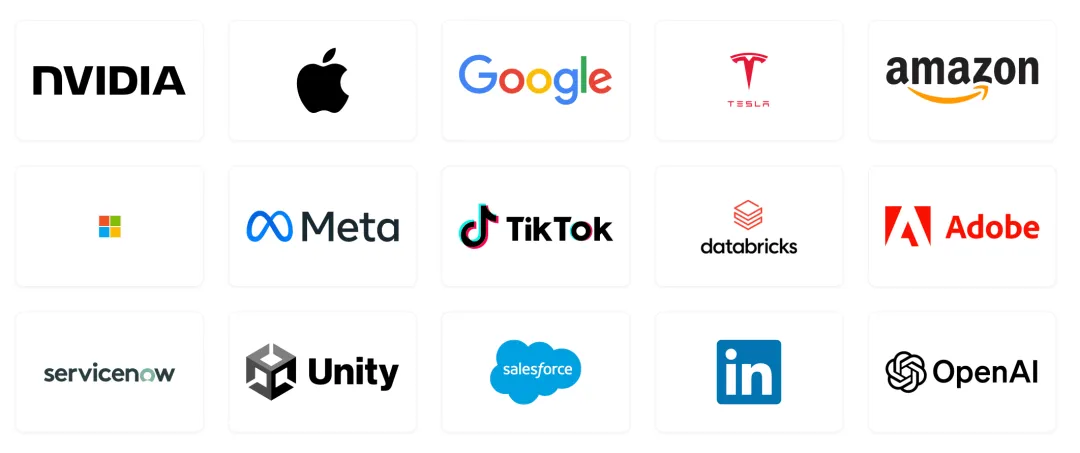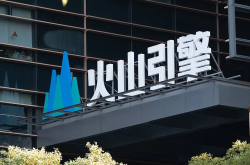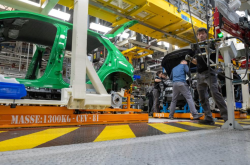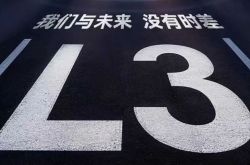What Happened to Apple's AI at the Shortest Autumn Launch Event?
![]() 09/11 2025
09/11 2025
![]() 616
616
1 hour and 12 minutes. This may be Apple's shortest autumn launch event in recent years. There were no thrilling 'Amazing' moments or memorable 'One more thing' announcements.
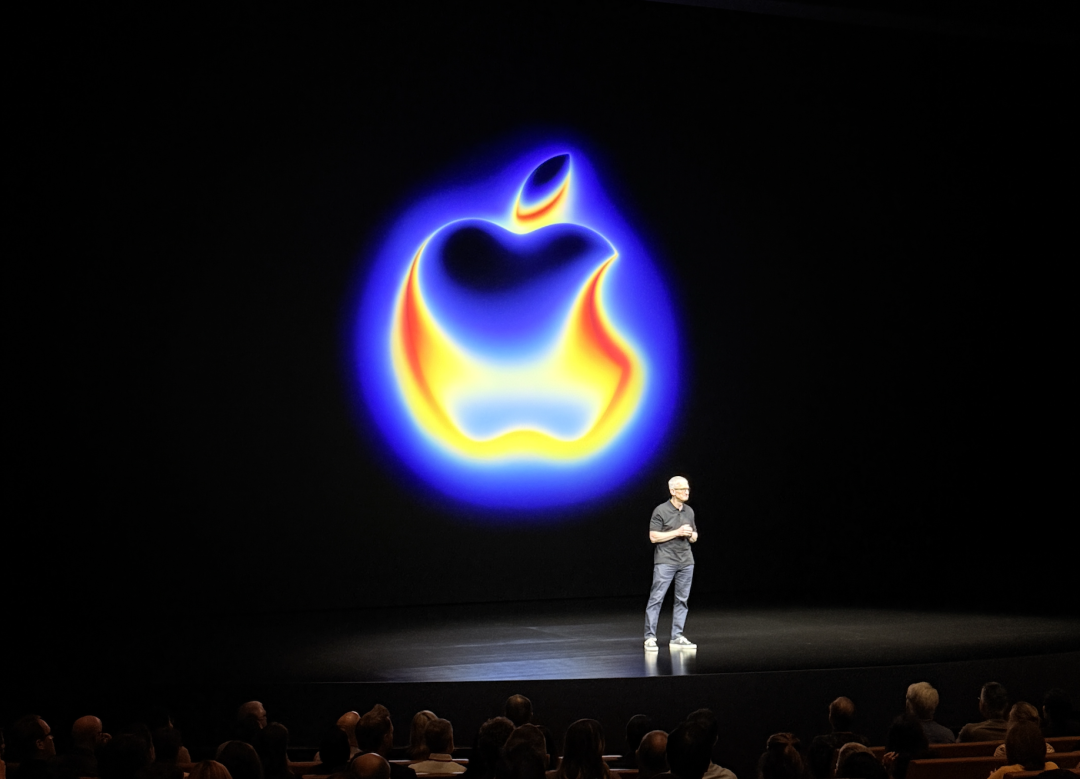
Even the AI, which should have taken center stage, was almost entirely absent. The iPhone 17 series wrapped up hastily amidst somewhat awkward applause.
For ordinary consumers, the focus of discussion might be:
The 'bathtub-shaped' camera, which had been used for many years, was finally replaced with a rectangular one.
The Plus version was discontinued, replaced by the thinnest iPhone Air in history.
All models come standard with a 120Hz high refresh rate screen.
But for investors, these 'visible' changes are precisely the least important. The real issues lie in the 'invisible' aspects.
Why was AI almost entirely absent? Is this a sign of Apple's technical confidence or a carefully planned 'strategic silence'? What key variables about Apple's future valuation and the restructuring of its industrial chain value are hidden in this silence?
Today, Silicon Rabbit will analyze this Apple launch event for investors based on recent discussions with our expert team.

We must first reach a consensus: the core logic of the iPhone 17 series hardware updates is not 'leading' but 'transition' and 'exploration.'
It is a product born entirely out of 'compromise.' The most intuitive (intuitive/obvious) evidence is the chaotic design language.
The iPhone 17 standard version basically continues the design of the iPhone 16.
The iPhone 17 Pro features a rectangular camera and a backplate with a somewhat uncoordinated metal + ceramic glass splice (splice/combination). 
The new iPhone Air, on the other hand, has a completely different style. Four flagship models, four distinct looks. This is extremely rare in Apple's history, which places a strong emphasis on design consistency. This is not a simple aesthetic issue. 
It reveals the strategic dilemma Apple's product line faces in the AI era: temporarily lacking a unified technical core, it has to rely on 'design differentiation' to fill highlights and maintain pricing.
The only 'surprise' of the evening, the iPhone Air, seems more like a carefully calculated 'paid test.' With a 5.6mm body thickness and a weight of 165 grams, the data is impressive, but at what cost? The cost is sacrificing the core experience. Only one rear camera remains, significantly reducing imaging capabilities. The battery capacity is less than 3000mAh, raising concerns about battery life.
Apple's official recommendation is to purchase an additional magnetic charging case. More radically, it has eliminated physical SIM card slots worldwide and fully transitioned to eSIM.
However, with most global carriers still lacking support, this undoubtedly sets a high barrier to use for users. In fact, Samsung's Galaxy S25 Edge, released in May this year, also focused on ultra-thin design, but how was the market response? Sales were dismal, far below expectations, and production has been significantly cut back. Knowing this, why did Apple still release an awkwardly positioned Air? The answer is that it is paving the way for a more distant future. Thinness is one of the most stringent technical requirements for foldable smartphones.
Apple needs to conduct a large-scale stress test on iPhone Air regarding new materials, supply chain cost control, and market acceptance of 'sacrificing experience for form.'
For investors, this means: the focus should not be on the sales of the iPhone Air but on the yield rates, cost structures exposed during its production, and whether the supply chain it verifies (e.g., new cooling technologies, thinner screen module suppliers) is worth early investment.
Do you understand? Whether it's the chaotic design or the 'suicidal' iPhone Air, all these hardware changes are essentially 'tactical moves.' Their core purpose is to maintain market attention with novel appearances while AI is not yet ready and to strive for (strive for/secure) precious time for future genuine transformations.

Now, let's address the core issue. The absence of Apple's AI is not due to 'technical secrecy' or 'holding back a big move,' as many imagine. The reality is that Apple is facing a massive, systemic dilemma in the AI field that affects every aspect.
This dilemma is substantially challenging Apple's long-standing business empire and enduring moat from three levels.
Dilemma 1: Heavy 'Technical Debt' and Rigid 'Organizational Inertia'
Many people don't understand why Apple, with its vast resources and talented workforce, can't get AI right. This is not a money issue.
According to ongoing tracking by renowned Apple analyst Mark Gurman and multiple sources, Apple's AI dilemma primarily stems from within.
Siri's early system architecture was designed to respond to simple commands like 'What's the weather today?' It simply cannot support the complex reasoning and contextual understanding capabilities of large language models. 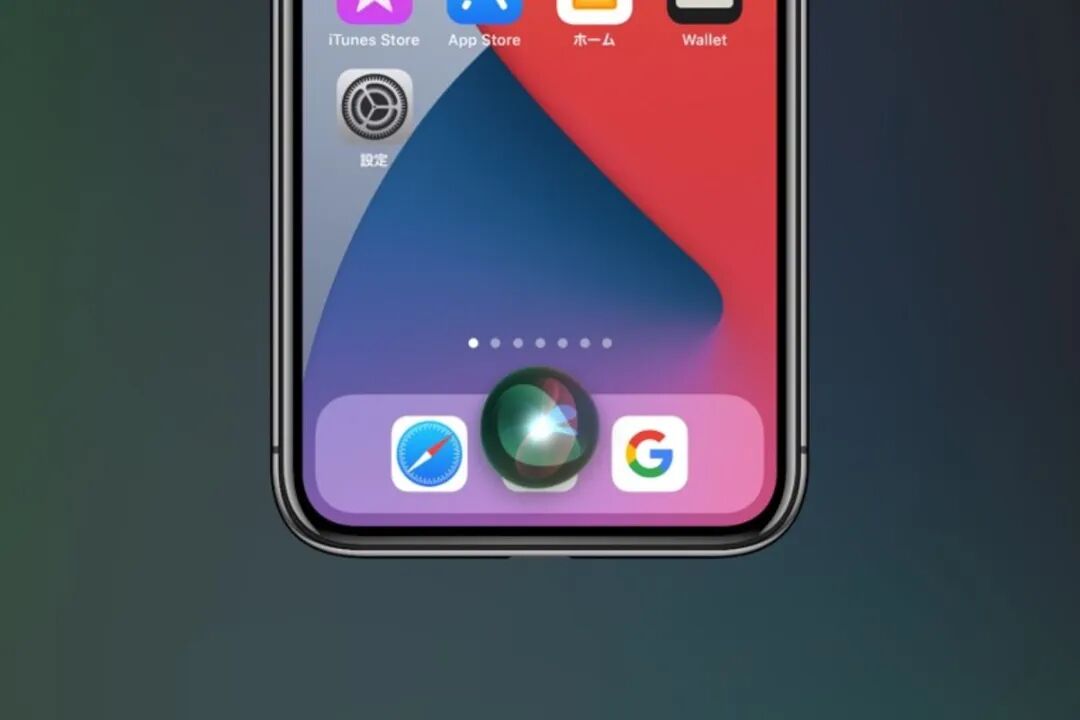
Apple attempted to run old and new systems in parallel, but this 'hybrid architecture' never met Apple's quality standards. Starting over? That would be like replacing the engines on a Boeing 747 in mid-flight. This is the heavy 'technical debt.'
More frightening than technical debt is 'organizational inertia.' Apple's head of software engineering, Craig Federighi, has long viewed AI as merely an 'ancillary function' of the operating system rather than a core element.
Meanwhile, the AI head recruited from Google, John Giannandrea, has struggled to integrate into Apple's deeply ingrained management culture centered on hardware and design. Interdepartmental obstacles and vacillation have caused repeated delays in the new Siri, even leading to the withdrawal of previously launched advertisements.
The implication for investors is that Apple's AI issues are not just technical R&D (R&D/development) problems but also 'big company diseases.' The resolution cycle may be much longer than launching a new chip, and its impact will continue to be reflected in financial reports and product iterations over the next 2-3 years.
Dilemma 2: The 'Golden Shackles' of Data Privacy
If technical and organizational issues can be resolved through internal restructuring, the second dilemma strikes at Apple's soul. Apple's proud 'user privacy protection' is transforming from a 'moat' into 'golden shackles' in the AI era.
AI evolution requires massive amounts of data. Google, Meta, and OpenAI can rapidly iterate because they continuously obtain public and authorized user data from search, social media, and other channels.
Apple, with billions of active devices generating the most authentic and valuable user behavior data on the planet, is restricted by its own stringent privacy terms. This data is sealed on users' devices, and Apple's researchers cannot easily access it. 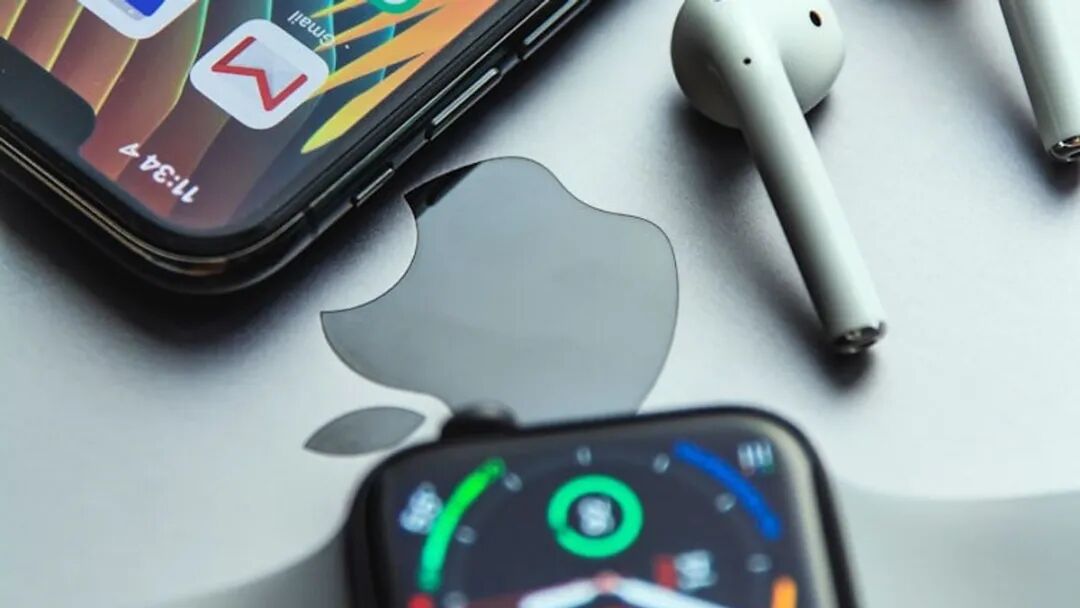
They can only rely on third-party authorized datasets of varying quality or synthetic data for model training. This is like dancing with shackles. This brings up a paradox that strikes at the foundation of Apple's business model: How can Apple solve AI's 'data hunger' without abandoning its brand cornerstone (privacy)?
Its current collaborations with Google, OpenAI, and in the Chinese market with Baidu and Alibaba, are desperate measures under this contradiction. But are these just temporary fixes, or will they lead to long-term dependency? Each external call means profit sharing and indirect 'leakage' of user data. This will fundamentally alter Apple's closed ecosystem profit structure and the uniformity of user experience.
Dilemma 3: The 'First Loosening' of Ecosystem Entry Points
If the first two dilemmas are internal challenges, the third is a clearly lit external alarm. A signal that should alert all long-term Apple investors has emerged. In testimony this year, an Apple executive revealed, 'Google search traffic from Apple's Safari browser declined for the first time in April 2025,' adding, 'This has never happened in 22 years. AI is the reason.'
What does this mean? It means that more and more users are bypassing the traditional 'browser-search box' model and turning to AI applications like Perplexity and ChatGPT for information and problem-solving. This not only caused Google, which pays Apple tens of billions annually in 'toll fees,' to see its stock price plummet but, more importantly, directly undermines one of the foundations of Apple's 'service revenue,' its second growth engine.
Over the past decade, the core logic investors have relied on to evaluate Apple's high valuation has been the 'Davis double play' model of 'hardware installed base + high service revenue growth.' When AI applications start eroding Apple's ecosystem entry points, the first cracks appear in this model's foundation. How large is this risk exposure? This is the most thought-provoking question behind the silence at this launch event.

While the market is still debating whether iPhone 17 sales will exceed expectations, truly savvy capital should already be thinking one level deeper.
We believe that the following three 'non-consensus' questions carry far more weight than the short-term sales of a single phone.
Question 1: How long can Apple maintain its 'impenetrable' hardware gross margin?
For a long time, Apple has dominated with a hardware gross margin exceeding 40%. However, in the context of comprehensive AI lag, to maintain product appeal, Apple will have to:
A) Go all out on hardware specifications, using more expensive chips, screens, and thermal materials.
B) Make more cost-intensive industrial designs like the iPhone Air.
Both will directly erode its profits. Investors need to reassess Apple's BOM (bill of materials) costs, supply chain bargaining power, and future pricing strategies. The era of effortless profit may be ending.
Question 2: Who are the true beneficiaries of Apple's 'forced ecosystem openness?'
Apple's cloud AI collaboration with Google and its partnership with Baidu in the Chinese market mean its ecosystem is no longer a solid block.
This opens a new window for 'value redistribution.'
A) Underlying model providers: Can Google, Baidu, and others turn Apple into a super traffic channel for themselves, reshaping the business landscape in the AI era?
B) Chip suppliers: Will Apple's on-device AI and future AI servers rely more on NVIDIA's GPUs or Qualcomm's NPUs?
C) Software developers: Which software companies previously reliant on Apple's ecosystem (e.g., certain utility apps) will face 'dimensional reduction attacks' due to Apple introducing stronger AI capabilities?
The investment logic of the industrial chain is being rewritten.
Question 3: How can we quantify the 'AI catch-up costs' Apple must pay?
It's not too late to mend the fence, but the cost will be high.
To catch up, Apple will inevitably invest Regardless of cost (regardless of cost/at any cost) over the next 2-3 years.
A) Acquisitions: Will it spend tens of billions to acquire a top AI startup, similar to Meta's acquisition of Oculus?
B) Recruitment: Market rumors suggest Meta offered $200 million salary packages to poach Apple engineers. How much will Apple need to pay to retain and attract talent?
C) Capital expenditures: To train its large models, Apple needs to build massive data centers, which will bring hundreds of billions in CAPEX.
How will these enormous and uncertain investments affect Apple's future free cash flow and shareholder returns? This is something every financial analyst must re-examine.

Having reached this point, we can conclude: The iPhone 17 launch event is less a clear 'product roadmap' than a 'problem list' filled with challenges.
For decision-makers in the secondary market, understanding this list is hundreds of times more important than predicting single-quarter phone sales. And the answers to these questions clearly cannot be found in public financial reports and press releases.
When your team is locked in endless debates over technical roadmaps, when your investment decisions hang in the balance, when your product strategy is shrouded in uncertainty... remember, the dilemmas you face may have already been navigated by an expert. Here at Silicon Bunny, we believe: Authentic firsthand experience always comes from those who are actively driving industry transformation. Silicon Bunny boasts a network of over 30,000 professionals from Silicon Valley's frontlines, including executives from leading tech firms, core technical experts, renowned university professors, and entrepreneurs. They not only possess deep industry expertise but are also deeply engaged in shaping industrial evolution, offering vivid, trustworthy firsthand insights. 